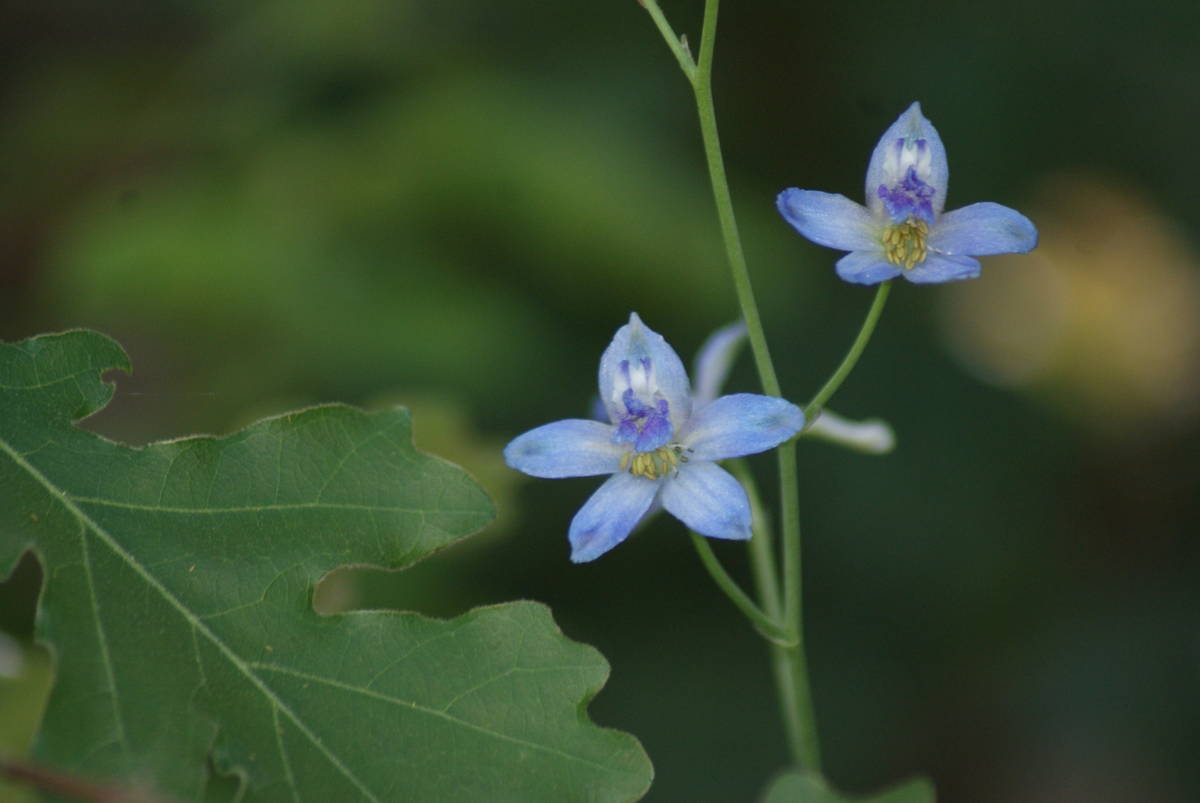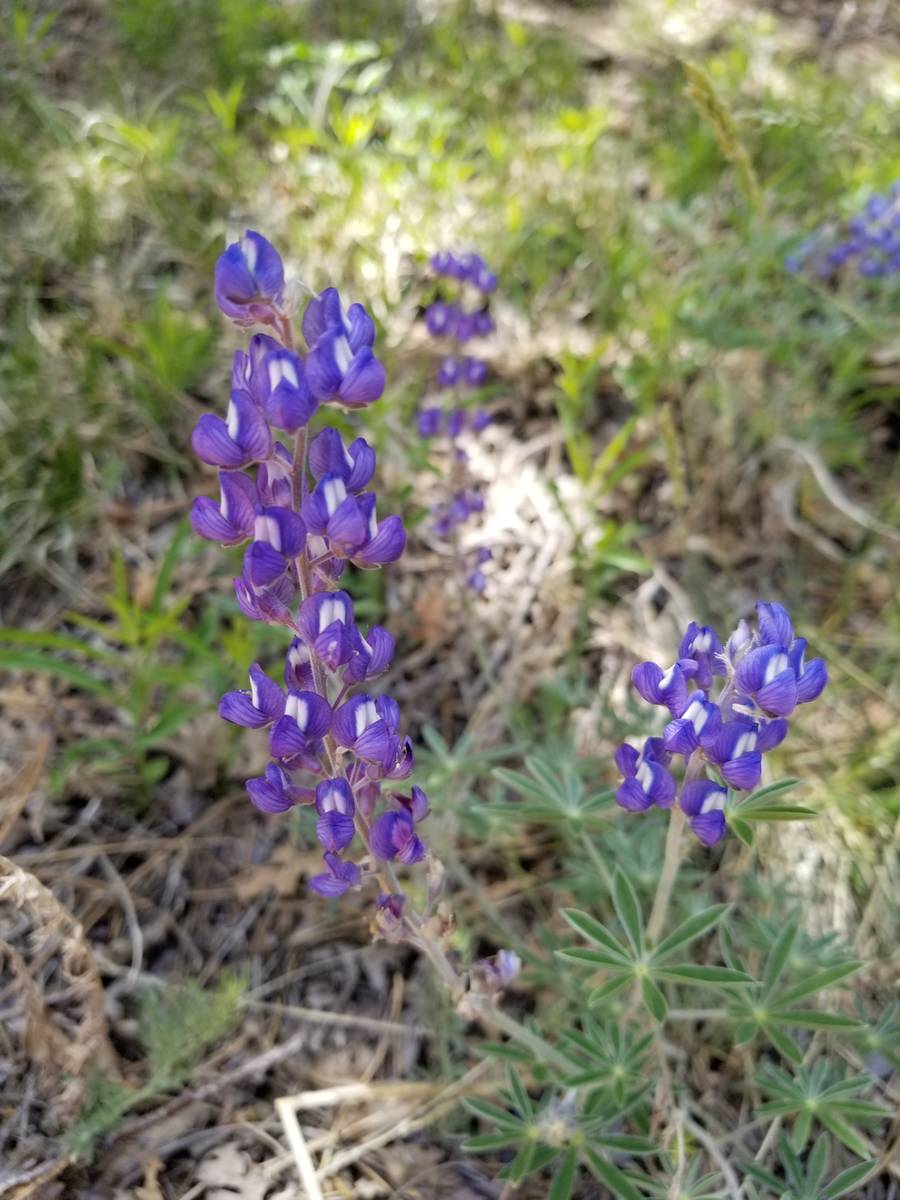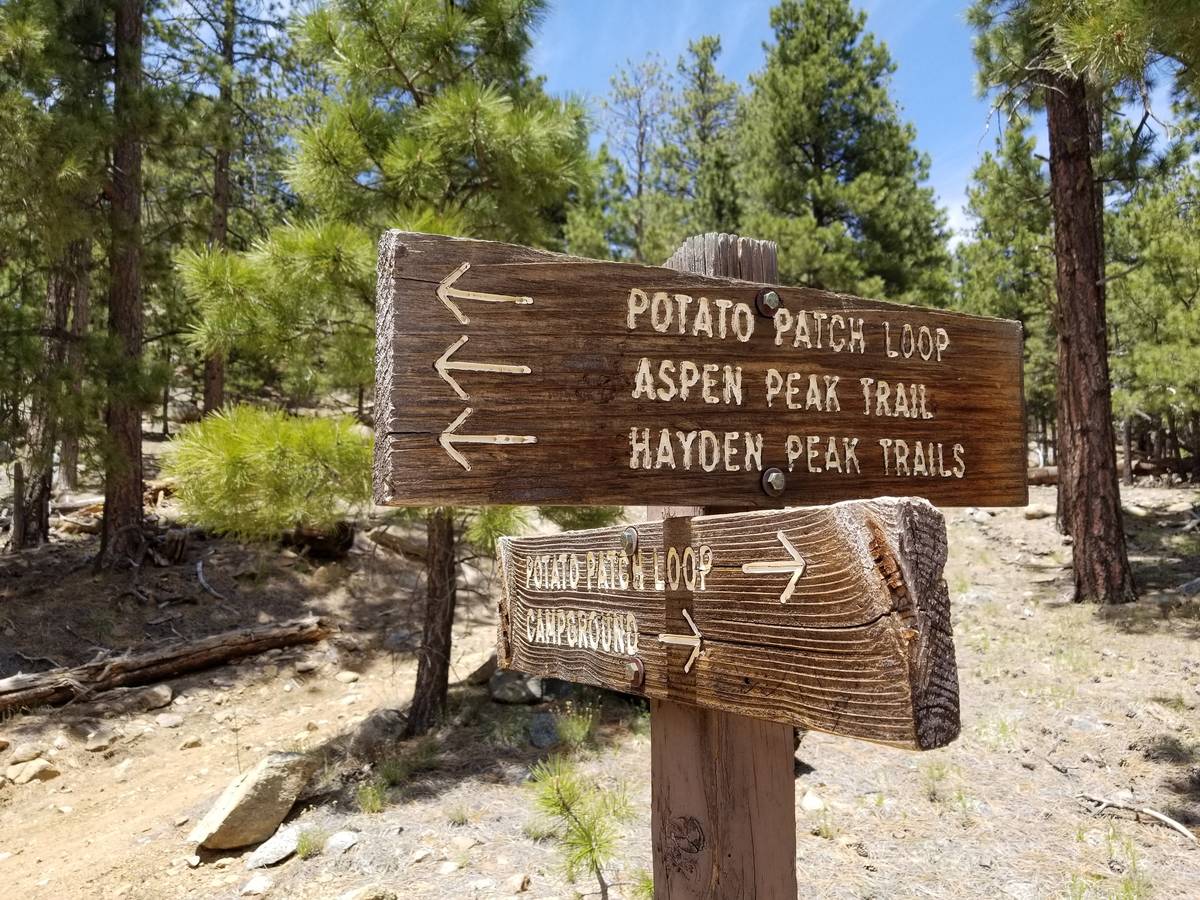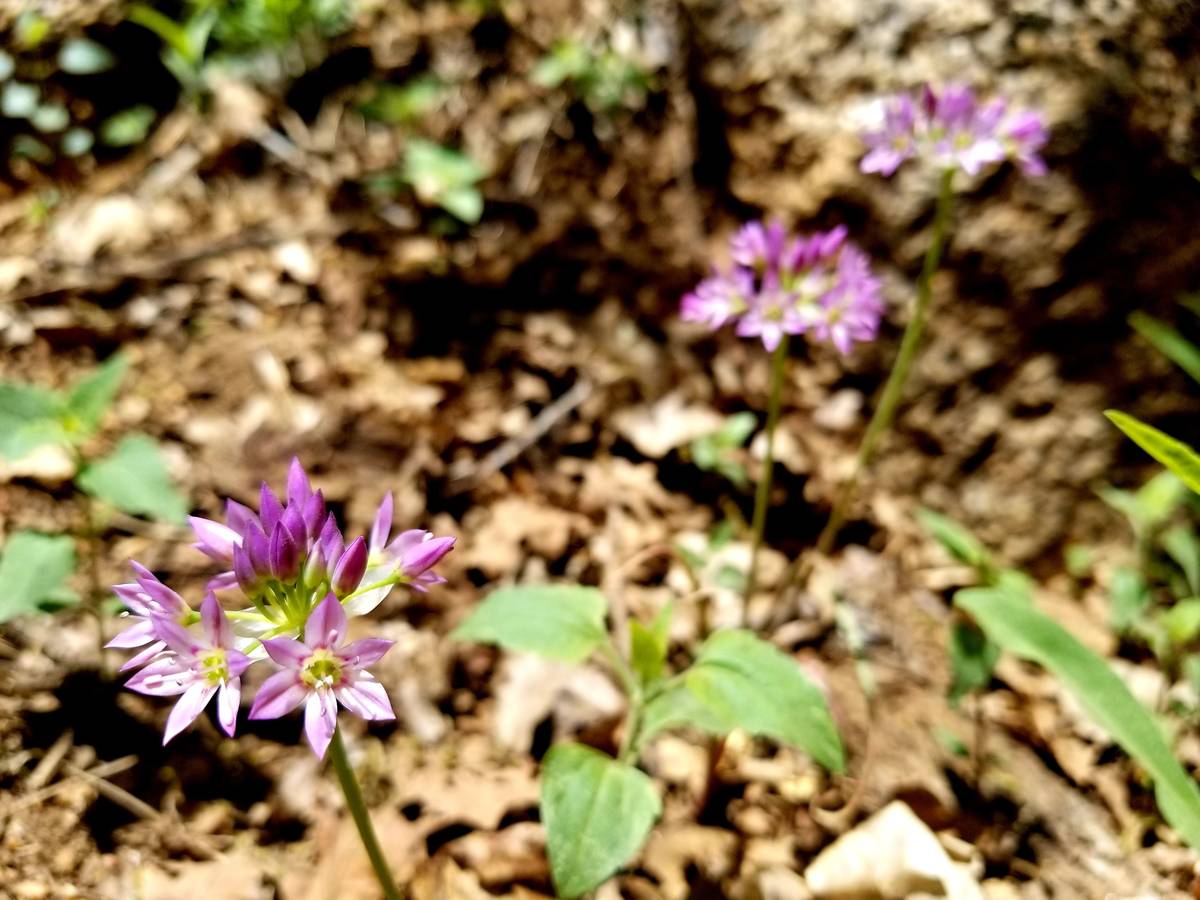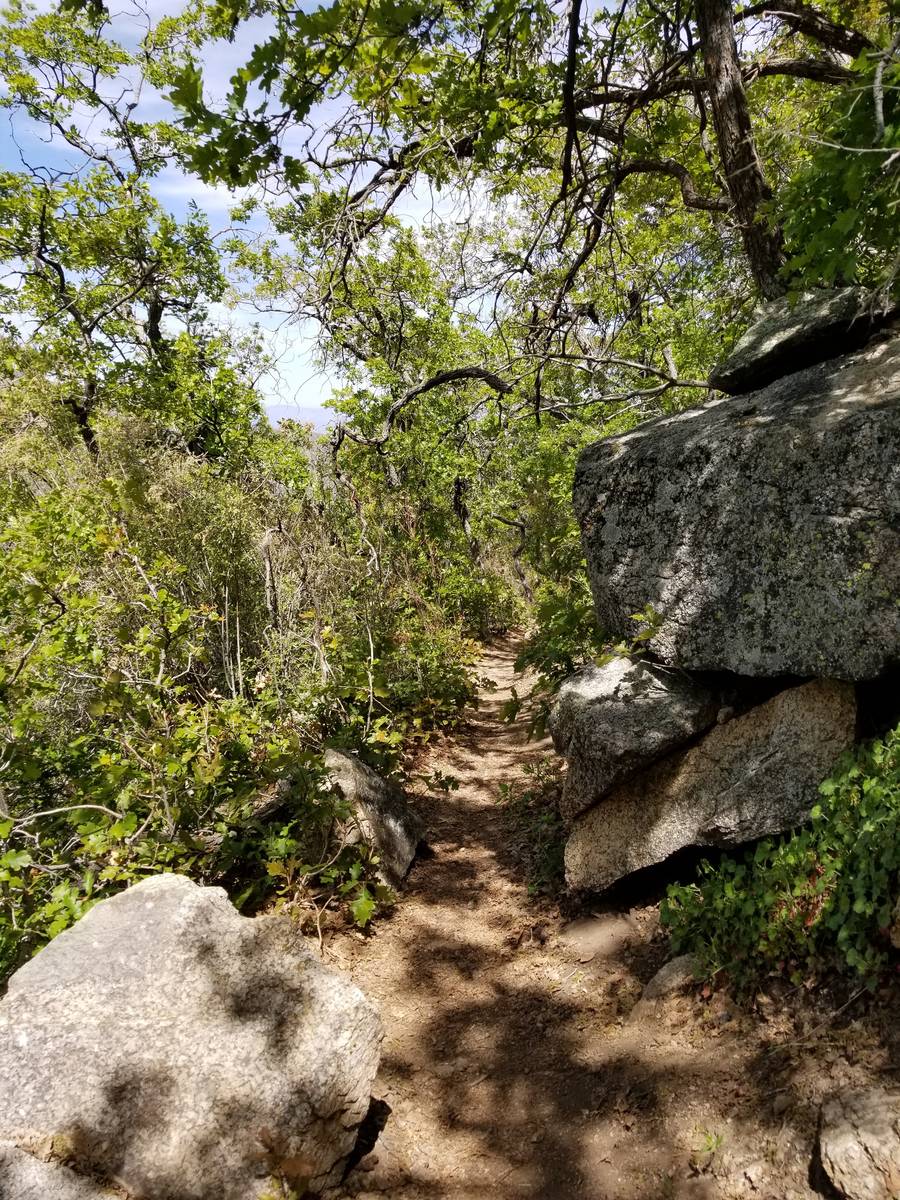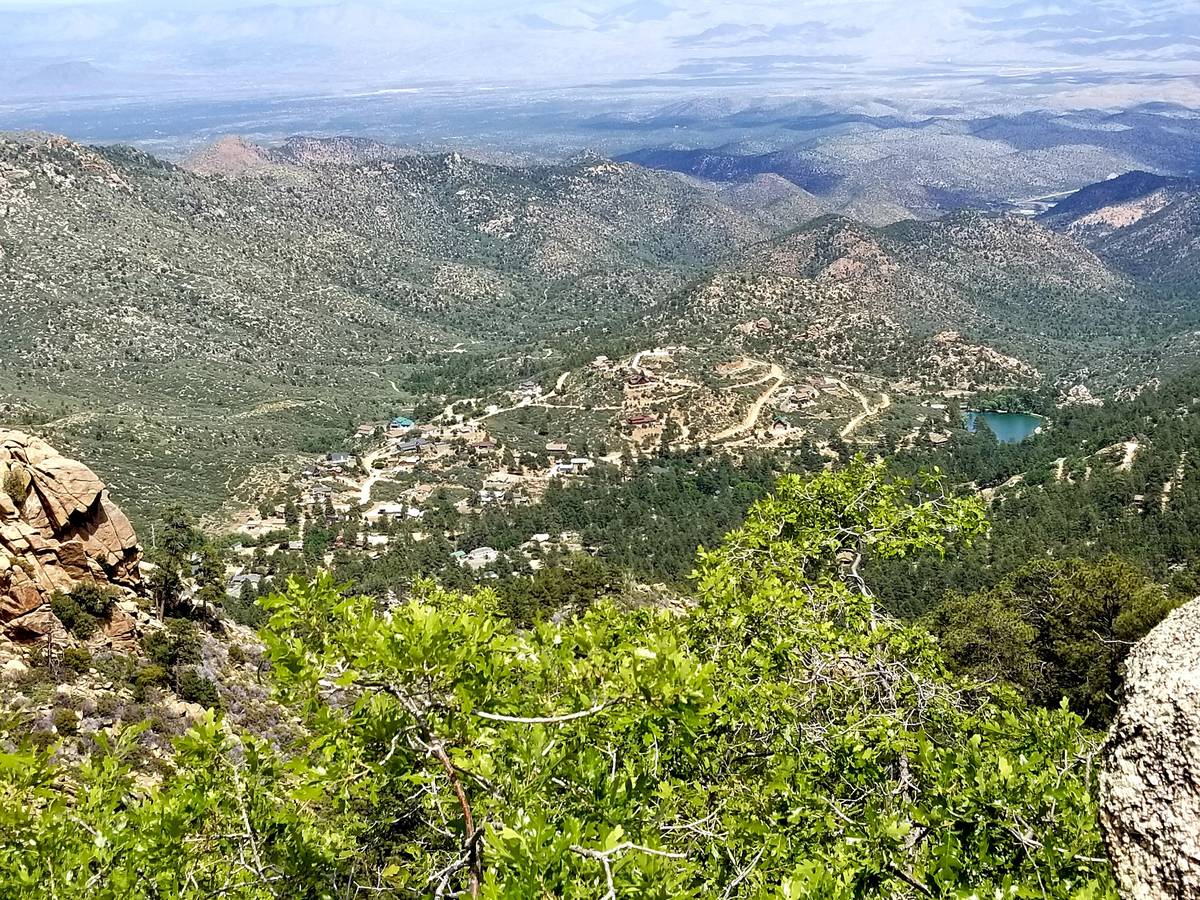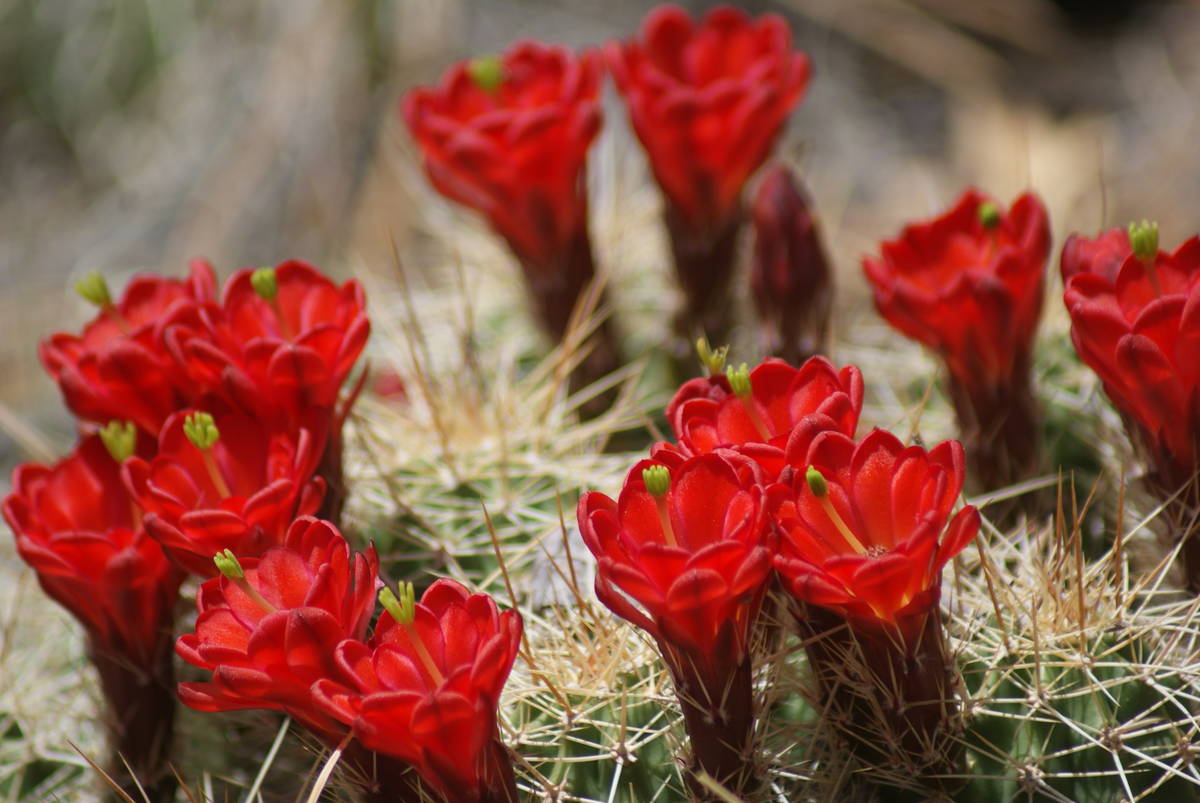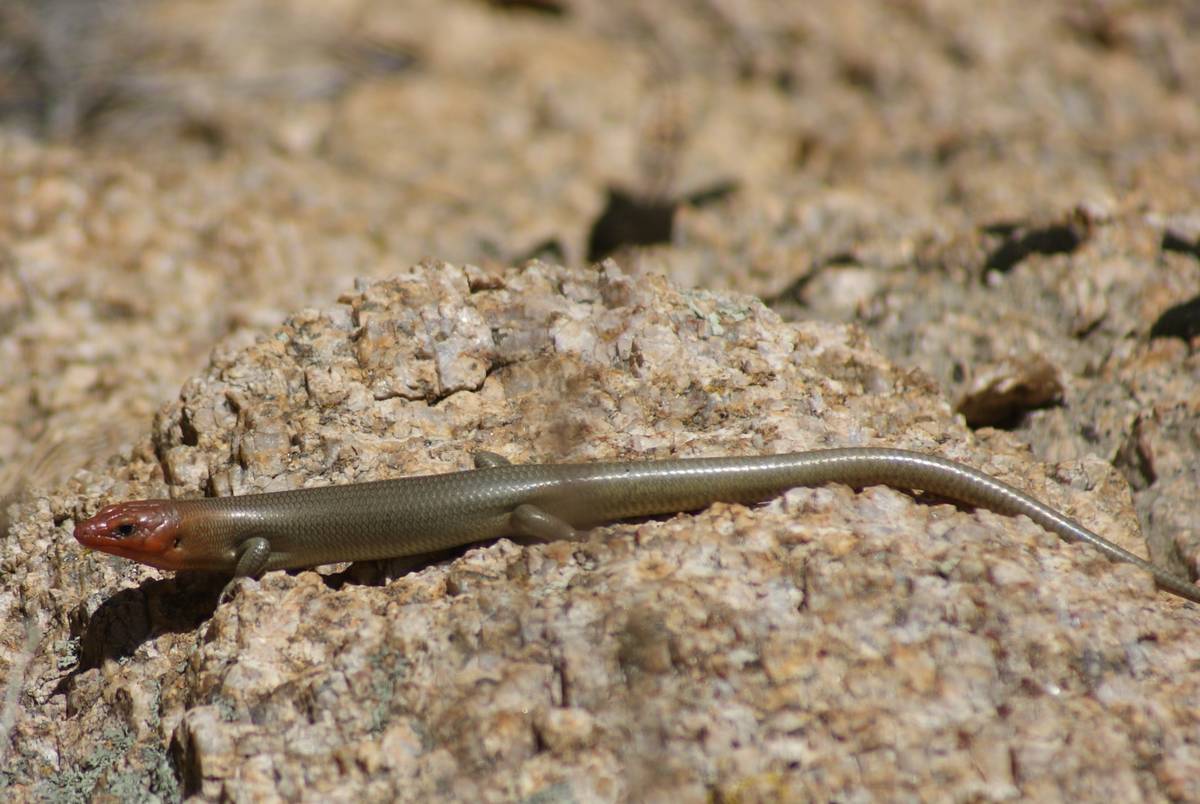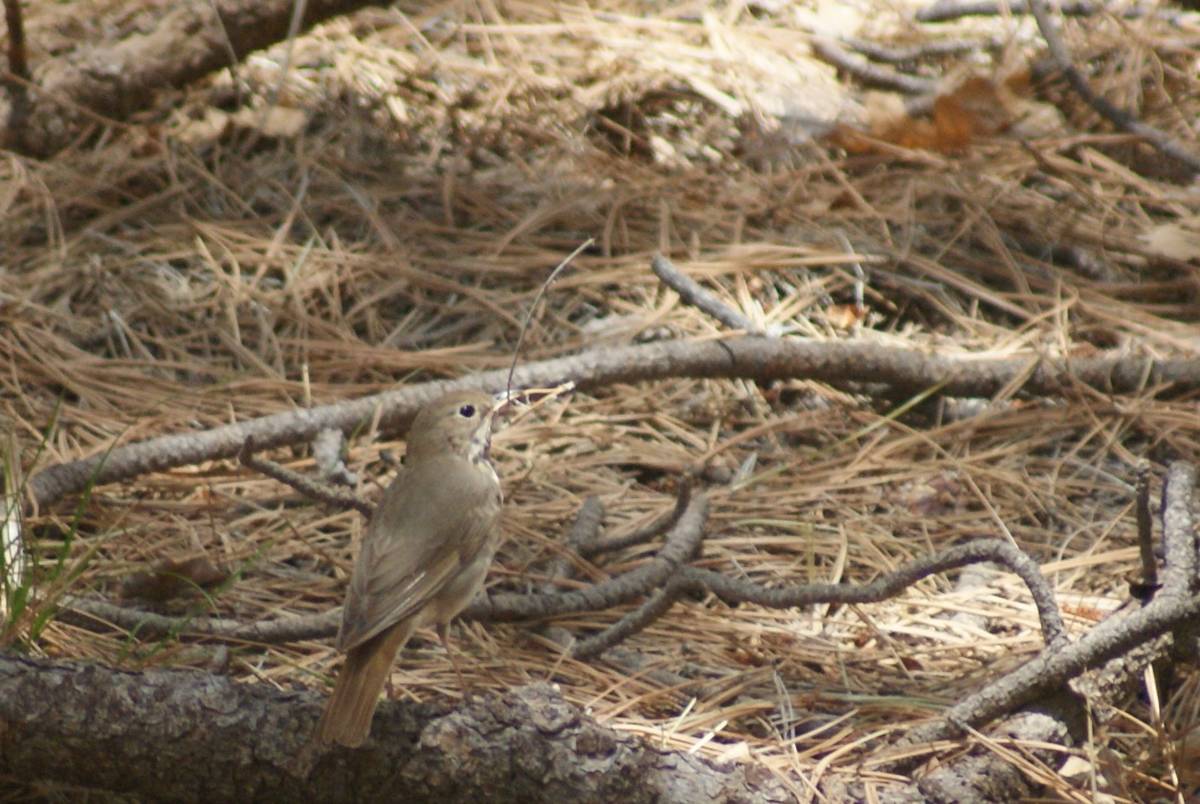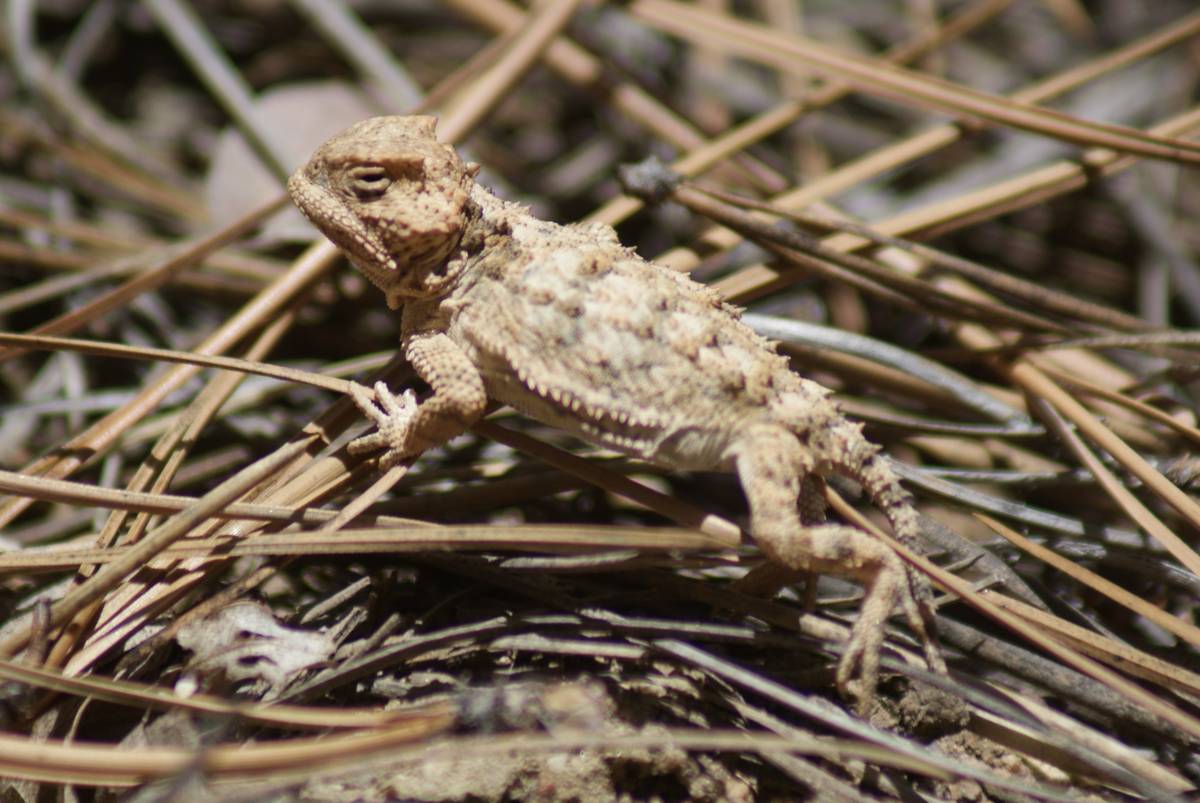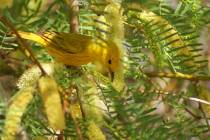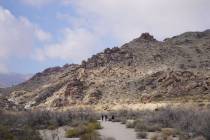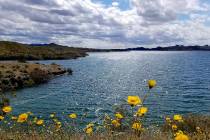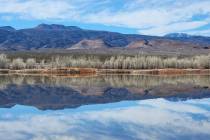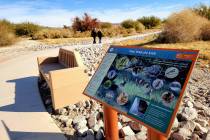Get outside: Arizona park beckons with hiking trails, soaring scenery
Editor’s note: Wildfire has indefinitely closed public access to Hualapai Mountain Park and the surrounding area near Kingman, Arizona. More information below.
Much like Las Vegas has Mount Charleston as its shady summer playground with lower temperatures and cheerful wildflowers, Kingman, Arizona, has Hualapai Mountain Park.
This picturesque destination is close enough for day-trippers from Southern Nevada, and Mount Charleston regulars will discover similarities and differences while hiking among giant granite boulders and towering ponderosa pines.
It’s a little more than a two-hour drive to reach Hualapai Mountain Park’s hiking trails from Southern Nevada. The park is about 14 miles southeast of Kingman and about 110 miles from Las Vegas. From Kingman’s parched desert floor, a curvy Hualapai Mountain Road climbs to the Mohave County park’s entrance station, where visitors pay $10 to park and access the trails (don’t forget to ask for a map).
En route to the trailhead’s parking lot, visitors will pass campsites and Depression-era stone cabins available for overnight stays. Once the car is parked and backpacks are filled with snacks and water for the day’s adventure, hikers will make their way toward a wooden sign that shows they have 0.86 of a mile to go along the Aspen Springs Trail before it meets up with the 4.4-mile Potato Patch Loop. That moderately strenuous loop was the hike my family chose, but there are more ambitious options that include ascending Aspen, Hayden or Hualapai peaks. Ten miles of trails wind through the 2,300-acre park.
As we began our hike, prizes popped up immediately: an Arizona striped whiptail lizard hunting for insects, and elegant wildflowers blossoming and representing the lupine, Arizona valerian, Drummond’s campion and wild onion families. Shade was on our side during an initial gradual climb, where some massive granite rock formations appeared animated while others looked perfectly placed by a sculptor for maximum artistic impact.
Ultimately, our path would circle Aspen Peak, one of the park’s craggy summits above 8,000 feet. We’d be hiking at 6,000- and 7,000-foot elevations for more than four hours that day through ponderosa and pinyon pines, juniper, Gambel oak, manzanita and cliffrose. Spectacular scenes were constant — nearby peaks, surrounding mountain ranges, desert and valleys below, and unthreatening clouds building and shifting above the Hualapai Mountains. We saw why this shaded space had been the chosen home of the Hualapai Native American tribe, which means “people of the tall pines.”
Hualapai Mountain Park’s trails, built in the 1930s by the Civilian Conservation Corps, are well-maintained, but it’s important to pay attention to the trail signs. At the Aspen Springs Trail’s junction with Potato Patch Loop, we continued up the slope and hiked the loop in a counterclockwise direction, although either choice would have been fine.
Switchbacks came and went on the trail, and they are always more tolerable when climbing through pretty scenery. A favorite part of Potato Patch Loop, which got its name from potatoes grown as a crop in the area about 100 years ago, came as we descended into a small valley with a big collection of boulders. Mojave mound cactus with bright red blossoms were growing where soils had slipped into cracks and spaces between rocks. Scampering around the area and hiding under rocks were a couple of Gilbert’s skinks, an almost iridescent light-green lizard with a red head and neck.
Since we didn’t plan to summit any peaks that May day, we continued on the Potato Patch Loop through a small valley in the direction of an old Boy Scout camp, where we spotted American robins foraging and a hermit thrush carrying pine needles to its nest. But the most exciting discovery during that portion of the hike was spotting a juvenile horned lizard that remained camouflaged in tree litter and perfectly still in hopes of avoiding detection.
An easy-to-miss sign for the Potato Patch Loop pointed to the left, and soon the elevation gain resumed on the trail. Dappled lighting, sparkling granite and Gambel oak greenery added beauty to this portion of the trail.
In our final hour of hiking before the loop reconnected with Aspen Springs Trail, we spotted a half-dozen mule deer munching on new spring leaves. Outstanding views from the east slope of Aspen peak continued to be part of the big-rock, big-sky, big-tree experience. Before our last steps on the loop, another critter merged onto the path. It was an Abert’s squirrel, a large squirrel with elfin ears and a lengthy, fluffy tail.
Once back on the Aspen Springs Trail, we were in descent mode and the hiking was easy. Just before reaching the parking lot, we spotted a bright yellow western tanager with reddish-orange and black highlights perched on a branch, seeming to encourage visitors to make a commitment to return one day to experience more of Hualapai Mountain Park.
With higher temperatures on the horizon, shade becomes an increasingly important commodity for desert-dwelling hikers. While Las Vegas’ Spring Mountains are a gift that never gets old, a trip to Kingman’s Hualapai Mountain Park provides an alternative to help beat the heat.
Park closed because of wildfire
Wildfire has indefinitely closed public access to the popular Hualapai Mountain Park and surrounding area near Kingman, Arizona, in Mohave County.
A state of emergency has been declared for the area because of the Flag Fire, and visitors will be fined if caught inside the park's boundaries, according to the Mohave County Parks department. "Our priority is the safety of everyone involved, park resources, and our neighboring communities," the department said.
"The full impact of fire will likely not be known for several months as numerous trees have been stressed," according to a recent update on the parks department website. "Currently, portions of the park are still burning, and we want to remind everyone the entire park is closed due to the continued fire fighting efforts. Citations will be issued to individuals who enter park boundaries."
"We are working on reopening the park as soon as possible and this will occur in phases," the parks department advised. "If you are looking for a way to help out, we are accepting volunteer applications for trail work."
Anyone interested in becoming a park volunteer can email parks@mohavecounty.us.



